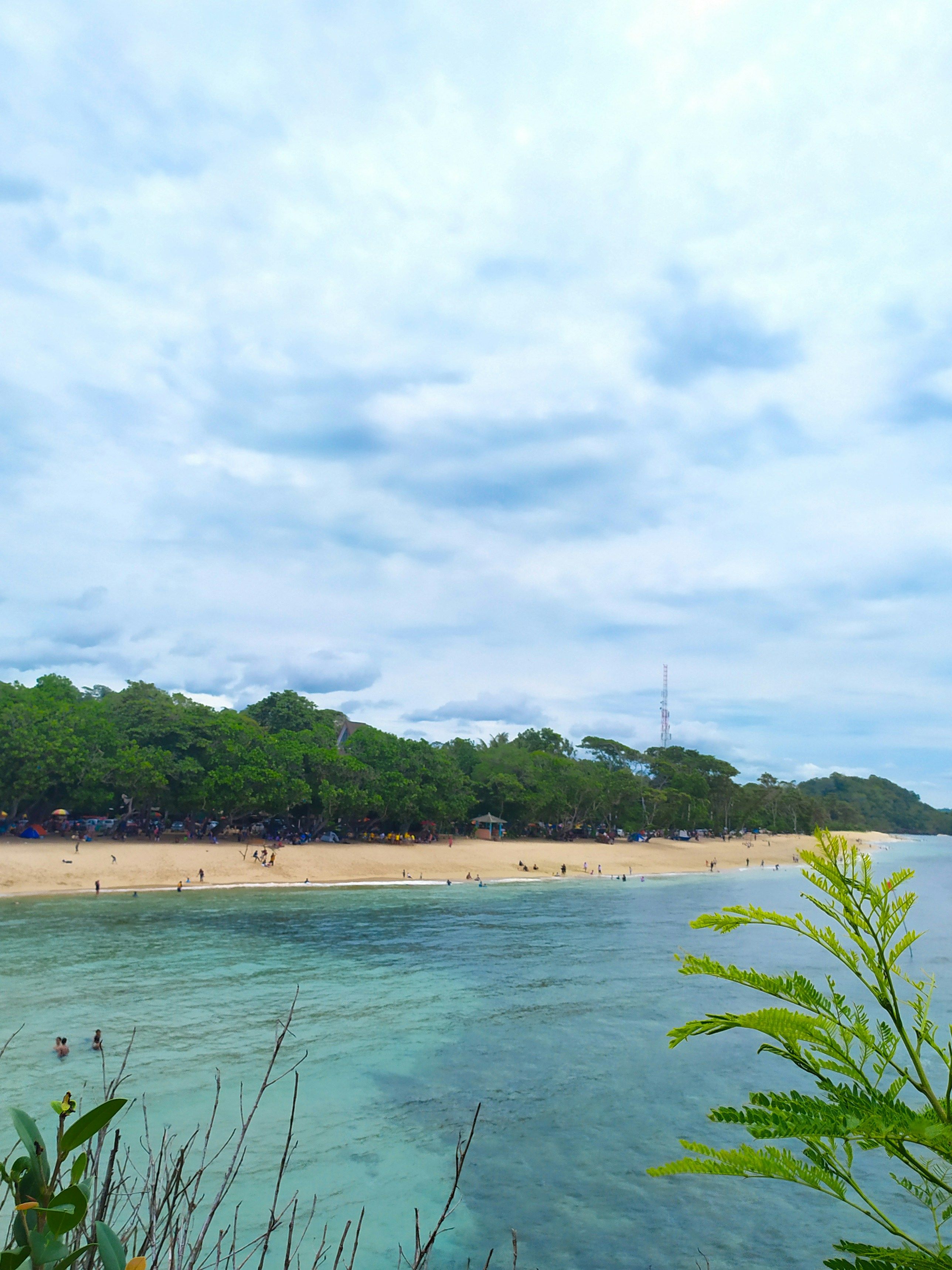Environmentalists voice concerns over Mexico's massive LNG export project
Confrontation Rises Over Saguaro LNG Project in Mexico
A coalition of 37 environmental groups has launched a campaign against the Saguaro LNG export project, Mexico's largest liquefied natural gas (LNG) initiative, developed by Mexico Pacific Limited. The project entails the construction of an 800-kilometer pipeline from Texas' Permian Basin, where shale gas is extracted, to Puerto Libertad, Sonora, on the Gulf of California.
Known as the Sea of Cortez, this gulf gathers acclaim as a global aquarium, home to approximately 900 fish species and 36 types of cetaceans. At Puerto Libertad, an LNG liquefaction plant spanning 607 hectares would be established to facilitate the transportation of gas to Asia via tankers. The estimated construction cost is a staggering $14 billion (€12.6 billion), targeting the production of 15 million tons of LNG annually.
The future of whales may be at risk, according to a study published by Baja California University's marine mammals research lab in January. The research foresees nearly 200 LNG vessels docking at Puerto Libertad each year to load LNG, leading to a potential increase in whale mortality due to collisions and noise pollution.
Potential environmental impacts on whale populations consist of noise pollution, habitat disruption, increased maritime traffic, and climate change, according to experts. Altered communication patterns, disrupted feeding grounds, breeding areas, and migration routes, risk of ship strikes, entanglement, and changes in ocean temperatures and acidification could affect whale habitats and food sources. Detailed environmental impact assessments and monitoring would be essential to assess specific impacts on whale populations within the Sea of Cortez, considering the unique ecological conditions of the region and the Saguaro LNG project's specific operations.
- The Saguaro LNG export project, a $14 billion venture in Mexico, plans to transport 15 million tons of liquefied natural gas (LNG) annually, but it faces opposition from environmental groups due to potential impacts on the environment, particularly whale populations.
- The Irene Ugarte Marine Mammals Research lab at Baja California University predicts that the increase in LNG vessel traffic at Puerto Libertad could lead to a rise in whale mortality, as a result of collisions and noise pollution.
- The Saguaro LNG project, if approved, will involve the construction of an 800-kilometer pipeline and an LNG liquefaction plant in Puerto Libertad, which may disrupt whale habitats and food sources, contribute to climate change, and alter communication patterns.
- As the Saguaro LNG project moves forward, it is crucial to consider the potential environmental impact on the Sea of Cortez, which is home to 900 fish species and 36 types of cetaceans. Detailed environmental impact assessments and monitoring would be essential to mitigate any negative consequences on the region's unique ecological conditions.








